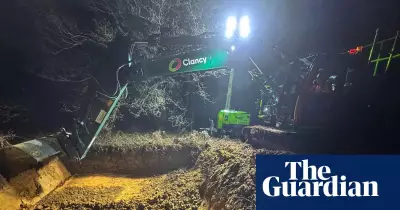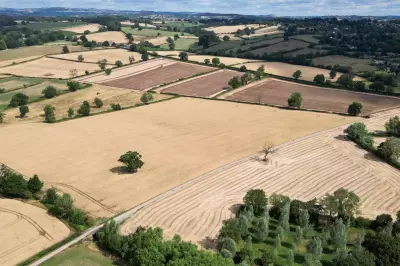
Colorado is facing a dire wildfire crisis as the Lee Ranch and Elk Creek fires continue to spread rapidly, consuming thousands of acres and forcing residents to flee their homes. Firefighters are struggling to contain the blazes amid extreme heat and gusty winds, with officials warning that conditions may worsen in the coming days.
State of Emergency as Flames Engulf Colorado
The Lee Ranch fire, which ignited on August 9th, has already scorched over 12,000 acres in southern Colorado, while the Elk Creek fire has burned through 8,500 acres in the central part of the state. Both fires remain completely uncontained as of Monday morning.
"We're seeing unprecedented fire behavior," said Colorado Fire Chief Mark Reynolds at a press conference. "The combination of drought conditions, high temperatures, and erratic winds is creating a perfect storm for these fires to spread."
Mass Evacuations Underway
Authorities have issued mandatory evacuation orders for several communities:
- Lee Ranch area residents (over 1,500 homes affected)
- Elk Creek Valley communities
- Parts of Mesa County
- Several rural subdivisions in Huerfano County
Emergency shelters have been set up in Colorado Springs and Pueblo to accommodate displaced residents. The Red Cross reports that over 3,000 people have already sought refuge in these facilities.
Critical Infrastructure at Risk
The wildfires are threatening several key facilities:
- Two major power substations serving southern Colorado
- Portions of Highway 50, a critical transportation route
- Multiple telecommunications towers
- Agricultural lands and livestock operations
Governor Laura Peterson has activated the National Guard to assist with firefighting efforts and evacuation procedures. "This is an all-hands-on-deck situation," Peterson stated. "We're deploying every resource available to protect our communities."
Weather Conditions Worsen Crisis
Meteorologists report that the fire danger will remain extremely high throughout the week, with temperatures expected to reach 38°C (100°F) and relative humidity levels dropping below 10%. Strong, unpredictable winds continue to challenge firefighting aircraft.
"We're seeing fire whirls - essentially tornadoes of fire - that are making containment efforts nearly impossible in some areas," explained fire behavior analyst Sarah Chen. "These conditions are creating firestorms that can spread at alarming rates."
Long-Term Impacts Loom
Beyond the immediate danger, officials are concerned about:
- Potential water contamination from ash runoff
- Damage to watersheds that supply drinking water
- Loss of critical wildlife habitat
- Long-term economic impacts on tourism and agriculture
Air quality alerts remain in effect for much of Colorado and neighboring states as thick smoke blankets the region. Health officials warn that the poor air quality poses serious risks, especially for children, the elderly, and those with respiratory conditions.





